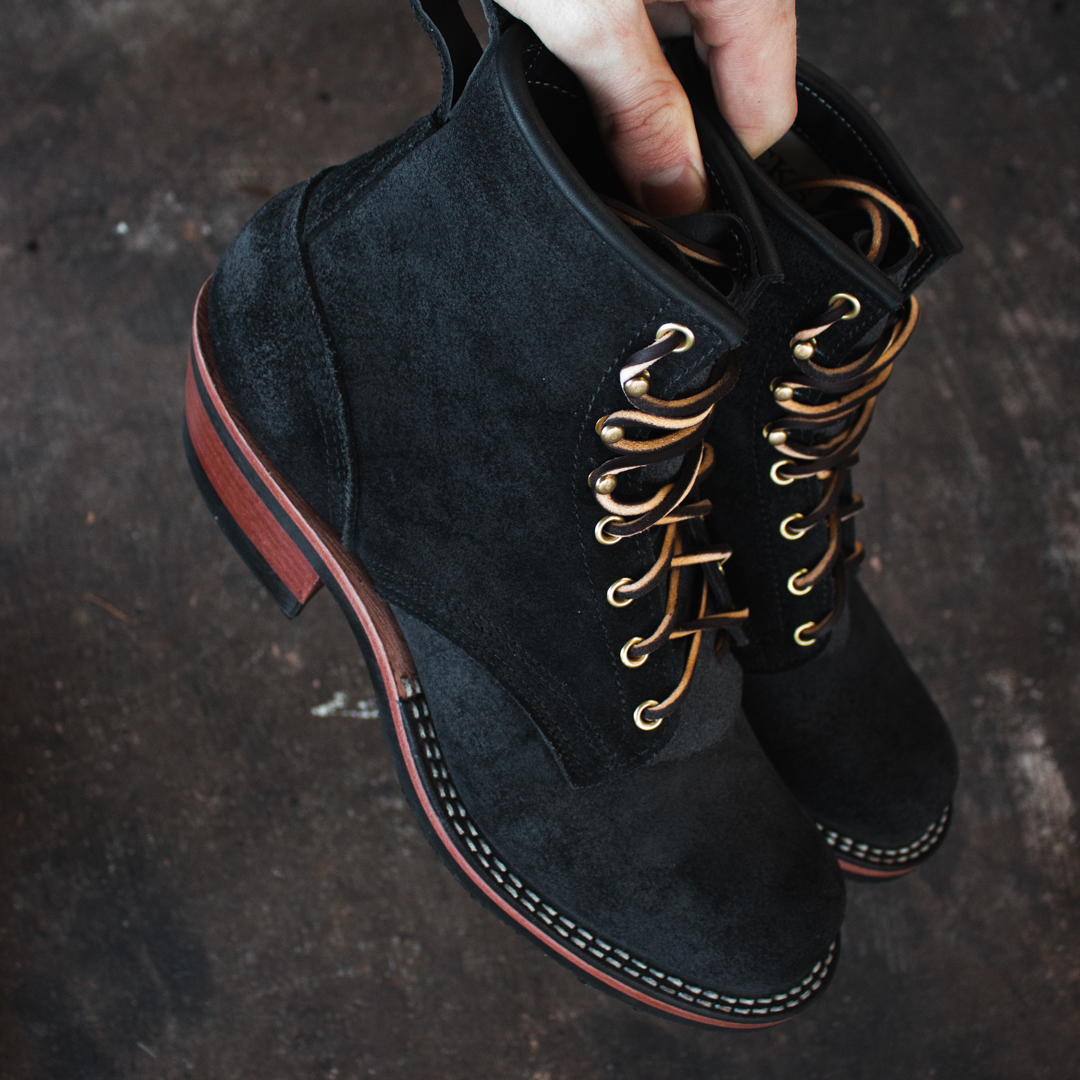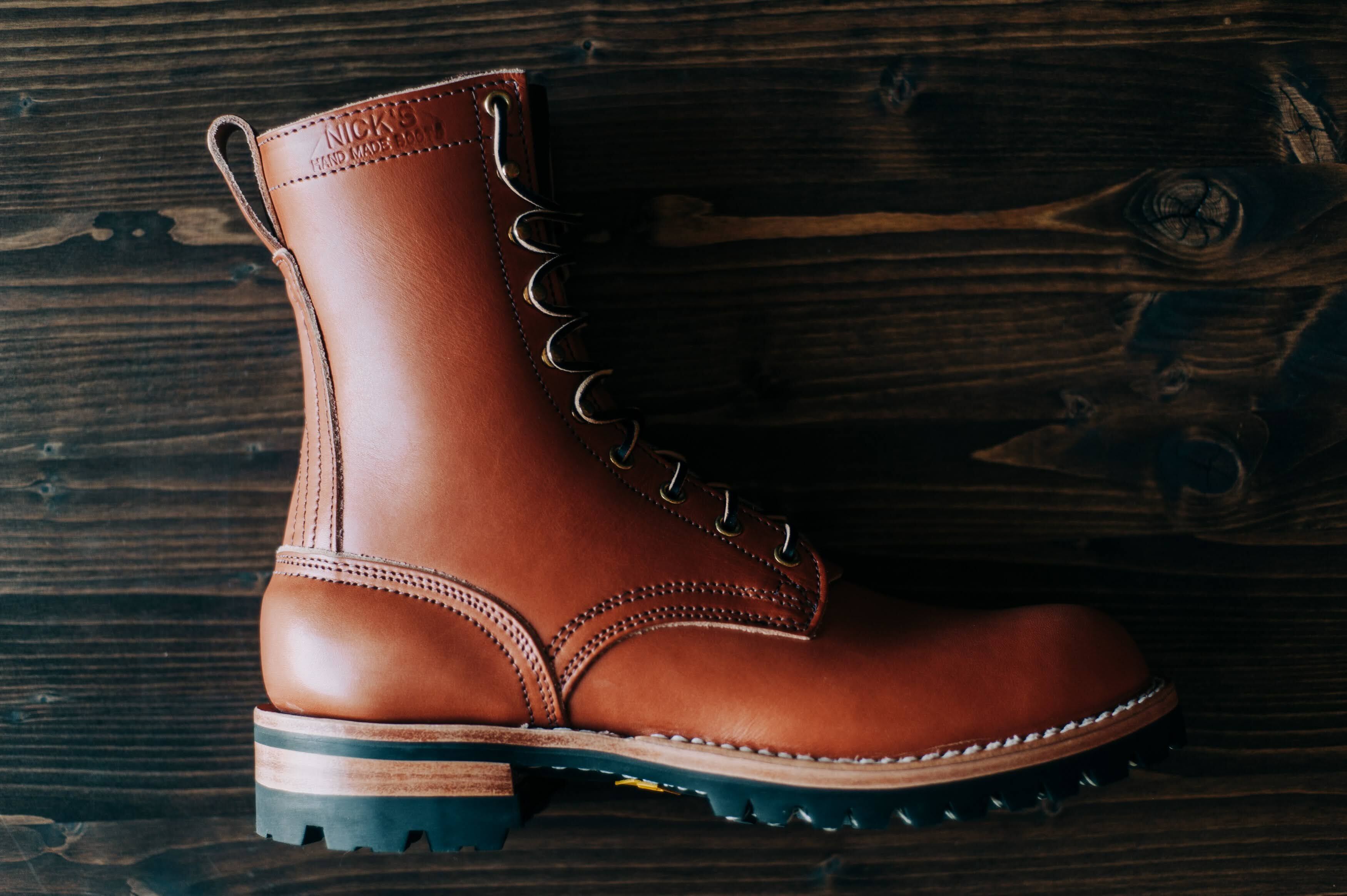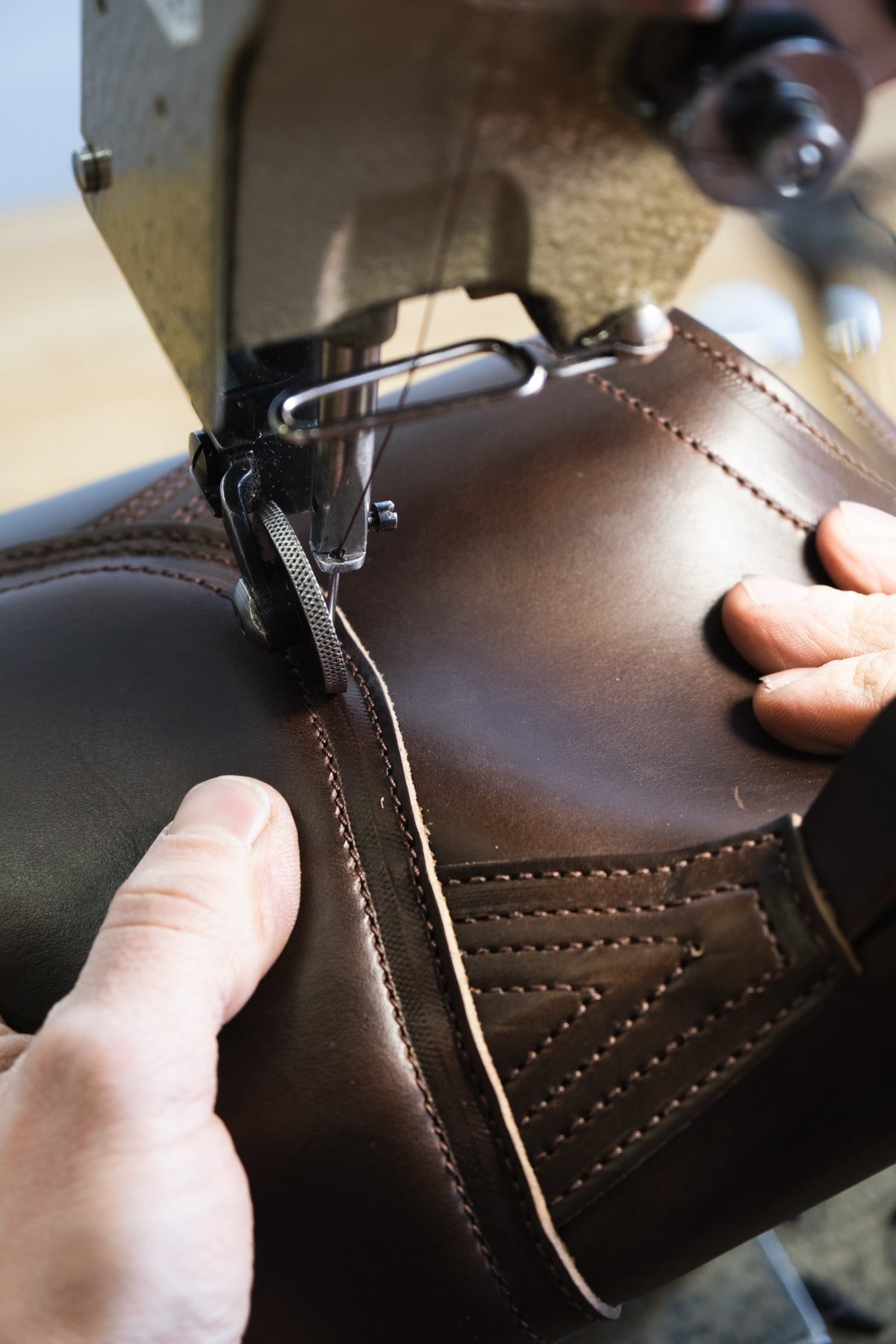"Quality" is a funny thing to talk about, because everybody has different aspects of quality in mind for different things, including leather goods. What's the best leather for shoes or boots?
It really depends on what kind of boots or shoes you're making with them. If you took the absolute best leather for making work boots and made a pair of dress shoes, a lot of people would think they were hideous.
If you took the best leather you could possibly get to make dress shoes and made a pair of work boots out of them...they wouldn't work all that well and no one would buy them.
That said, there are certain things that anyone in the leather goods industry agrees on as far as the best quality leather for making footwear or anything else.

What's The Best Quality Leather?
What the entire leather industry would more or less agree on in terms of quality - in the broadest sense - is full grain leather is the highest quality. There is less of it to go around, it's more expensive, and it tends to have the best of all worlds in strength and appearance.
Leather is skin, and skin has layers. You have the hard outer layer of skin, a slightly fleshy inner layer of skin, and then the fleshy, fatty tissues that connect the skin to the muscles underneath it.
Most leather that's turned out by tanneries all over the world has very little (or even none) of the top layer of skin, which is the grain. Full grain leather is only the top layer of hide, with maybe a little bit of the fleshy inner layer with it.
Now why is full grain leather prized?
Only so much of the hide is actually usable as full grain leather. Certain areas are too thin (such as the bottom of the belly) and so on.
On top of that, full grain leather is selected sometimes for use as a working leather or for appearance. (Sometimes both!) If the appearance really matters, typical skin defects (pock marks, scars, wrinkling) aren't acceptable, so there are a lot fewer hides that are up to those standards.
Supply, demand and so on. In other words, if you're getting a leather that's prized for appearance, there's less of it to go around because the skin of a cow can take a beating.
The payoff? Once tanned and colored, full grain leather can be absolutely gorgeous. If you ever find Wickett and Craig leather boots they are stunning.
Full grain leather is also great for working leathers, such as horse tack or work boots. If appearance is less of an issue, full grain leather is denser and harder, and therefore stronger.

But Quality Is Relative To What Kind Of Leather Boots You Want
Remember, though, that "quality" is relative. It depends a lot on what you want in a pair of boots or shoes.
Put it this way: a lot of car enthusiasts would agree that a Bentley is one of the highest "quality" cars you can buy. Many of them would also agree a Toyota is not.
But how many 20-year-old Toyotas do you see driving around? A lot! How many 20-year-old Bentleys do you see driving around? Not many, and it turns out most of the "quality" car brands are known for poor reliability over time.
So let's say you wanted a pair of leather boots for work. You don't want them to be too dressy, and you want them to be easy to maintain.
Shell cordovan or bridle leather - prized for their appearance - is a bad choice for work boots because they require more care to keep in peak condition (and usually a lot of polishing) but an oiled leather (roughout or grain) is perfect.
On the other hand, most people don't necessarily want roughout oiled leather on ankle boots they wear to the office. Granted, they should rethink that; it looks amazing with a bit of boot oil.
So while the "best quality" leather overall is full grain, it's also true that the "best" leather really depends on what it's being used for. Some types are better for certain things than they are for others.





































